Every year, hundreds of thousands of pilgrims from all over the world walk the Camino de Santiago, especially in the summer. Therefore, it’s normal for incidents to occur from time to time. But have you ever wondered about the safety of the Camino de Santiago?
When we travel anywhere, it’s normal to worry about safety and know the existing danger levels at our destination to take necessary precautions. In the case of the Camino de Santiago, safety is also a concern for pilgrims, especially beginners. In this article, we will provide you with all the necessary information to ensure your experience on the Camino de Santiago is not only memorable but also safe.
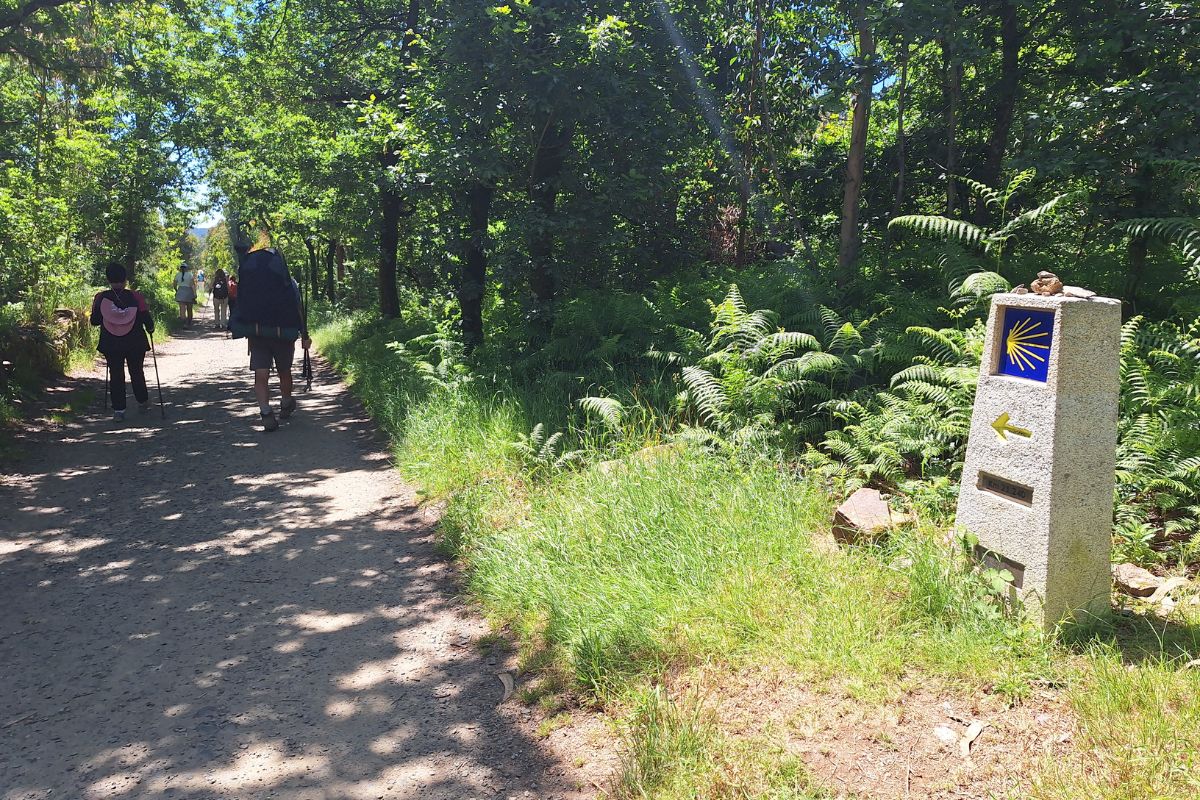
Follow the yellow arrows for a safe experience on the Camino de Santiago
Safety on the Camino de Santiago
If you have never visited Spain, consider that, like many other European countries, it is among the safest travel destinations in the world. And if we talk about the routes to Santiago, keep in mind that they are very peaceful and safe.
For example, given that the Camino often runs along stretches of road traffic, a Camino de Santiago Road Safety Commission was created. This commission aims to ensure the tranquility of the pilgrimage on the nine routes leading to Santiago de Compostela by identifying risk sections.
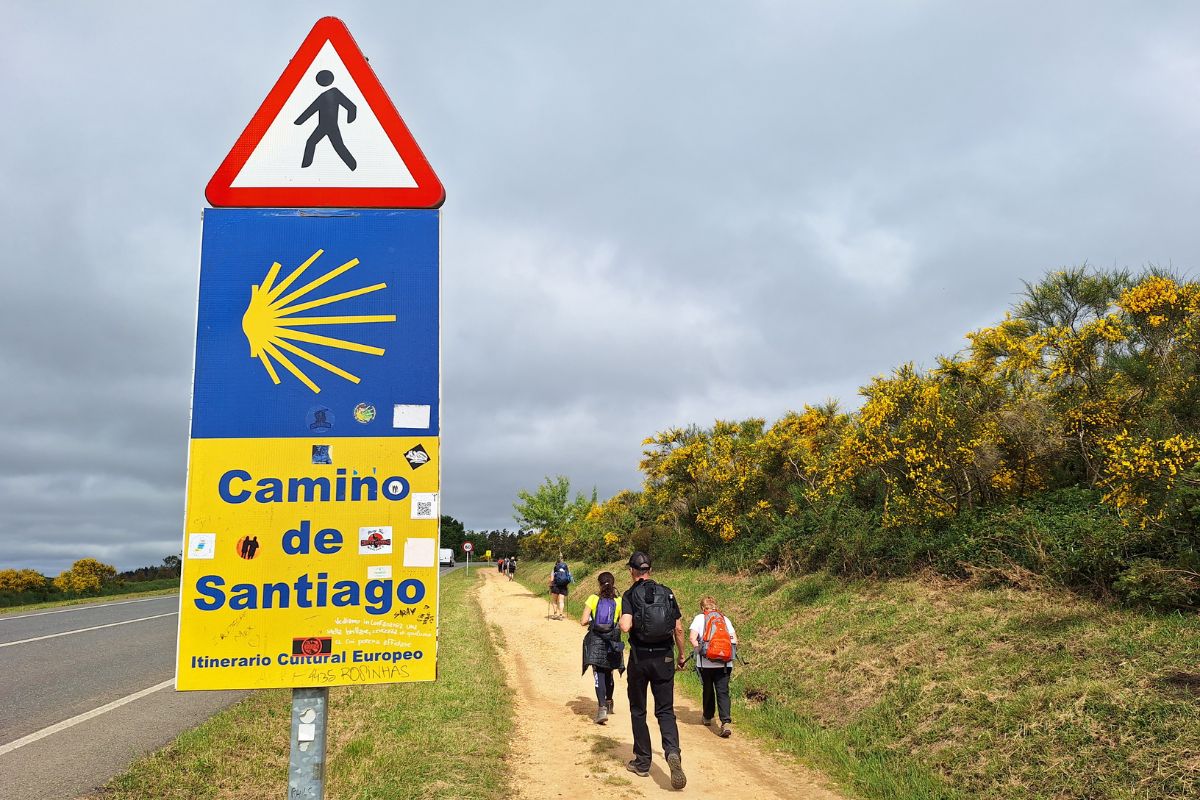
Safety on the roads also takes into account the passage of pilgrims
Moreover, the Civil Guard and the Police have special surveillance devices on the Camino throughout the year. In the summer, it is common to encounter the Civil Guard Cavalry Unit in the less accessible areas of the Camino. Additionally, there is the AlertCops app, which accompanies the pilgrim and provides help and safety support. For foreign pilgrims, there are often visits from European police officers on the Jacobean routes to give a greater sense of security.
Tips for planning the route and stages
Planning is essential for any pilgrim wishing to undertake the Camino de Santiago safely. Here are some safety tips for pilgrims:
- Research your route: there are several routes of the Camino de Santiago. Research which one best suits your physical abilities and preferences.
- Plan the stages: divide your journey into manageable stages. Do not overestimate your ability: it is better to walk shorter distances and enjoy the journey.
- Book accommodations in advance: This ensures you a place to rest each night, especially in high season.
- Check the weather forecast: The weather can change quickly. Make sure you are prepared for any weather conditions.
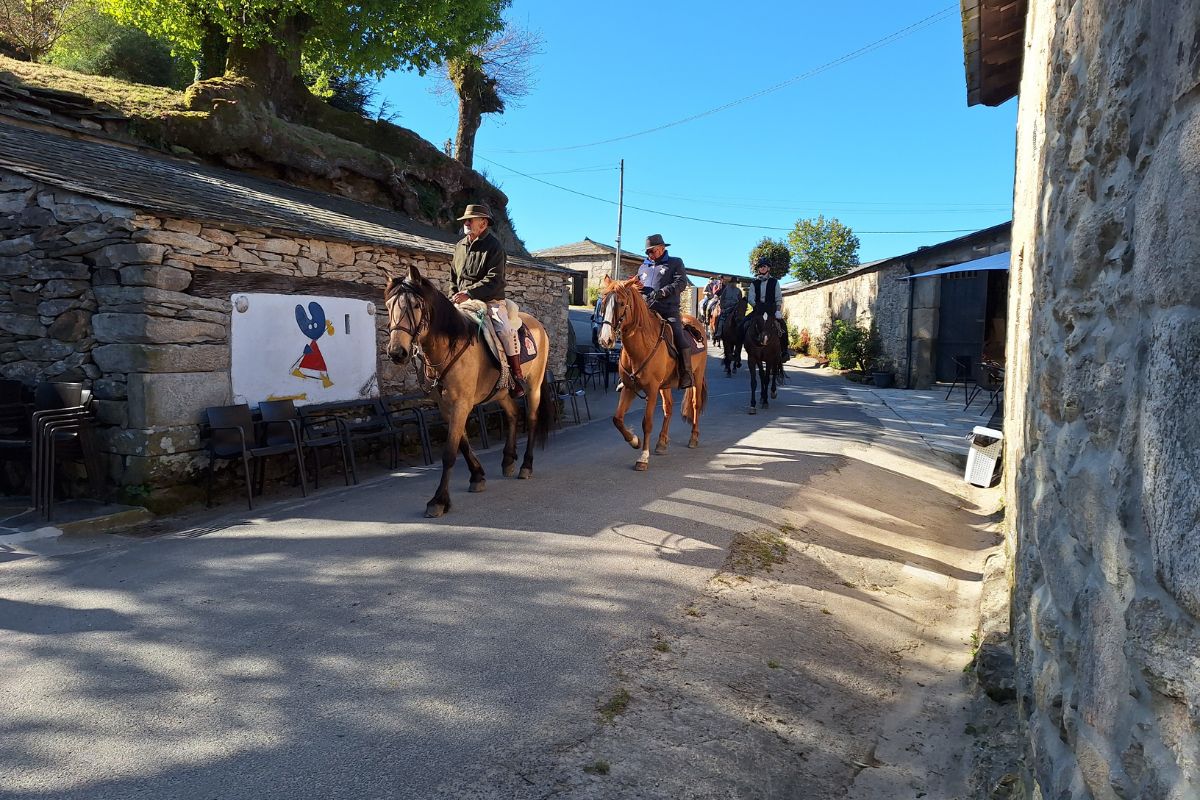
Whatever the route and how you do it, be well prepared
The importance of carrying documentation and getting travel insurance
Carrying the proper documentation and getting travel insurance are essential steps for your safety on the Camino de Santiago.
- Personal documentation: always carry your ID or passport, health insurance cards, and any other relevant identification.
- Travel insurance: getting insurance that covers accidents, illnesses, and theft is highly recommended. We always include it in our trips. Ensure that it includes assistance abroad, if applicable.
Safety tips on the Camino
Your personal safety should be a priority throughout the journey. Here are some practical tips:
- Stay visible: wear bright and reflective clothing, especially if walking at dawn or dusk.
- Do not walk alone in isolated areas: it is always better to walk in a group or at least be close to other pilgrims.
- Learn about the terrain: know the characteristics of the terrain of each stage. Some may be more challenging and require special equipment.
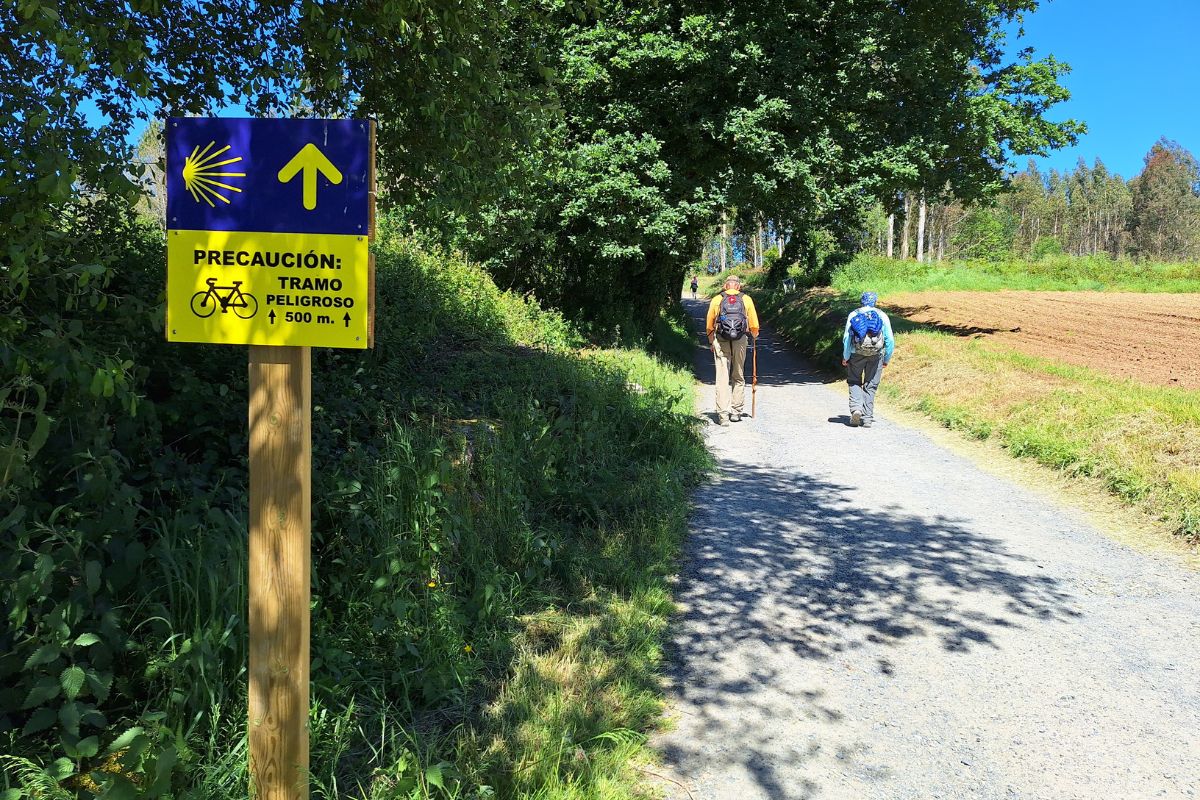
The Camino is well-marked and has a lot of information on panels
Safety during the stage
During the stages, follow the signs, obey traffic rules, and make yourself visible. The shell or yellow arrow, symbols of the Camino, will mark the direction to follow. Do not venture onto different paths or shortcuts, remote or unmarked, nor on PR or GR routes. In this regard, although the local population is very friendly to pilgrims, be wary of strangers who recommend shortcuts off-route.
If you use conventional roads, obey traffic rules, take extra precautions, and make yourself visible at all times with reflectors or bright clothing. Always walk on marked paths, and if you are on the shoulder of the road, walk on your left and in single file. Do not cross a road on a curve or at a blind crest. If you are biking or horseback riding, stay on the shoulder or as far right as possible, wear a helmet, and do not ride in a group.
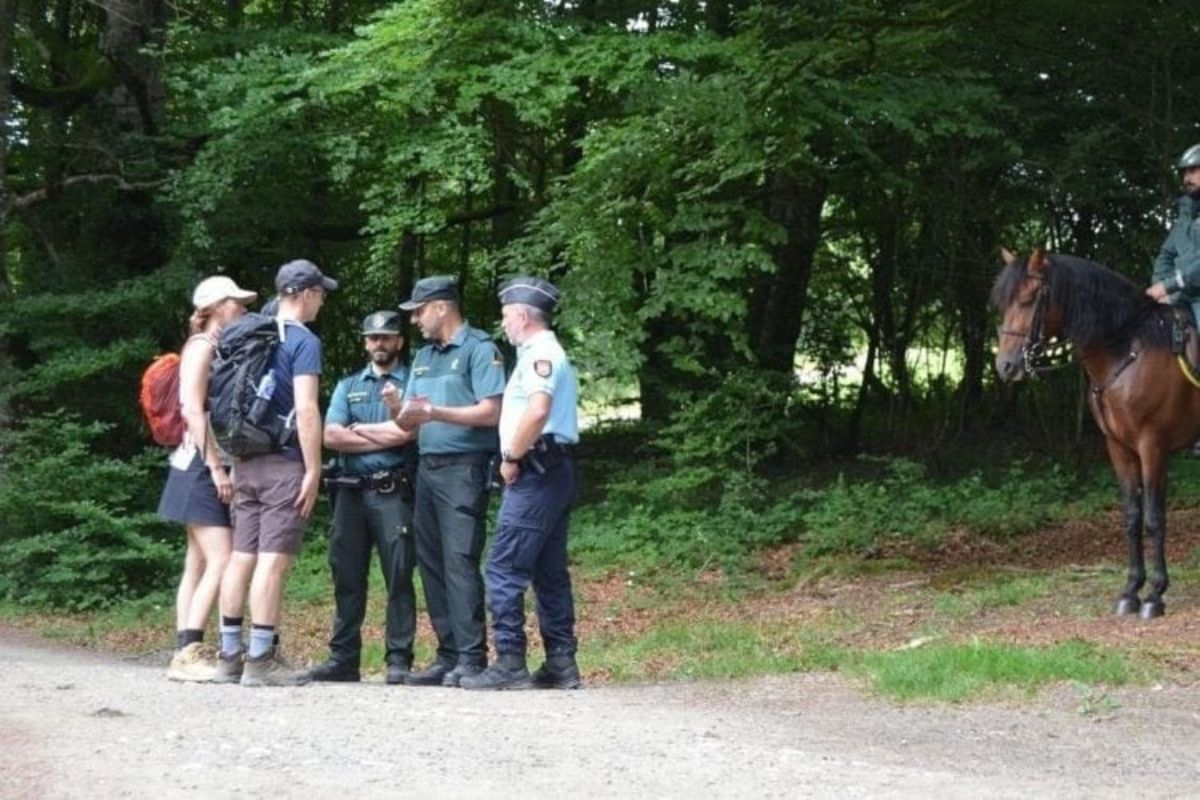
On the Camino, you will find Police or Civil Guard patrols
Safety in hostels
Hostels are a fundamental part of the Camino de Santiago, but it is also important to take precautions:
- Choose official hostels: these usually have better safety standards.
- Use locks: keep your belongings safe with locks on backpacks and lockers.
- Avoid displaying valuables: do not show money or expensive devices unnecessarily.
Emergencies and assistance
In case of an emergency on the Camino de Santiago, knowing who to call and where to go can make a difference.
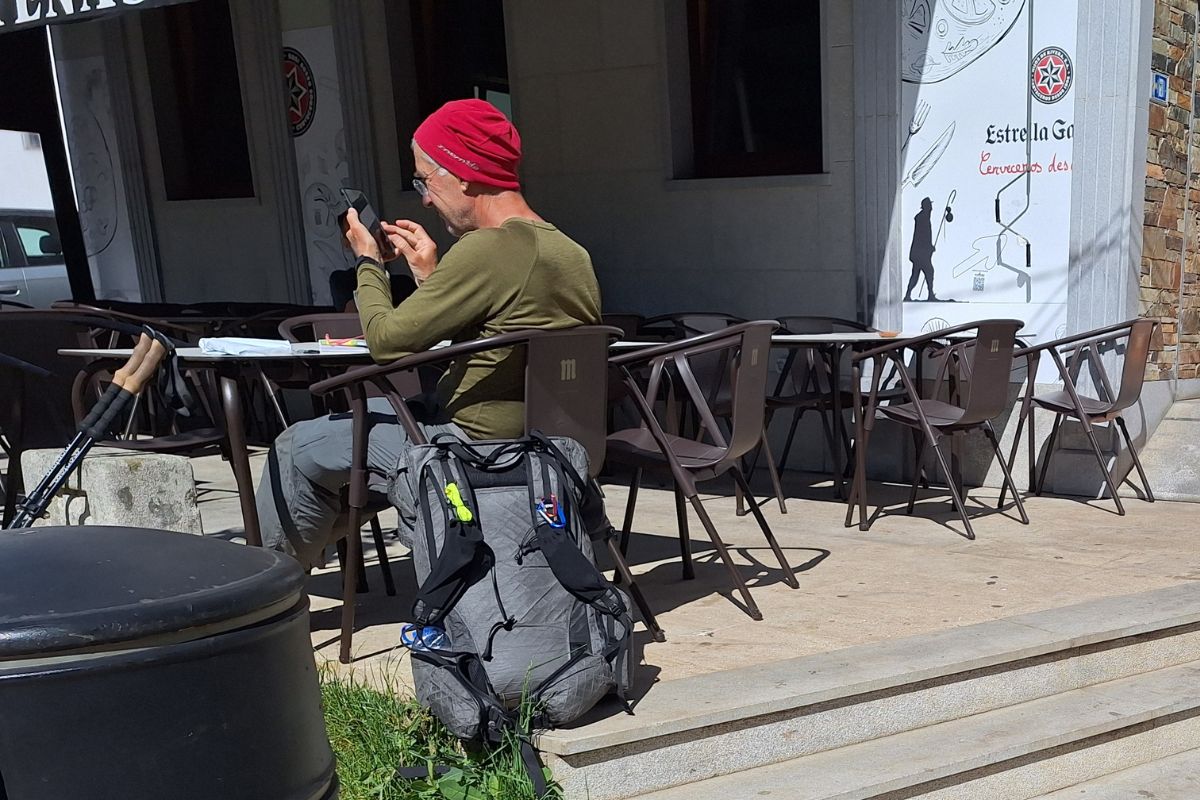
Knowing who to call in an emergency is very important
Emergency numbers
Keep the most important emergency numbers handy, and remember that they are free:
- General emergency number in Spain: 112
- Police: 091
- Civil Guard: 062
Knowing and using these numbers can help you in specific moments. Clearly explain your location and the nature of the emergency to receive appropriate safety assistance. If you have language problems, seek help from another pilgrim or local.
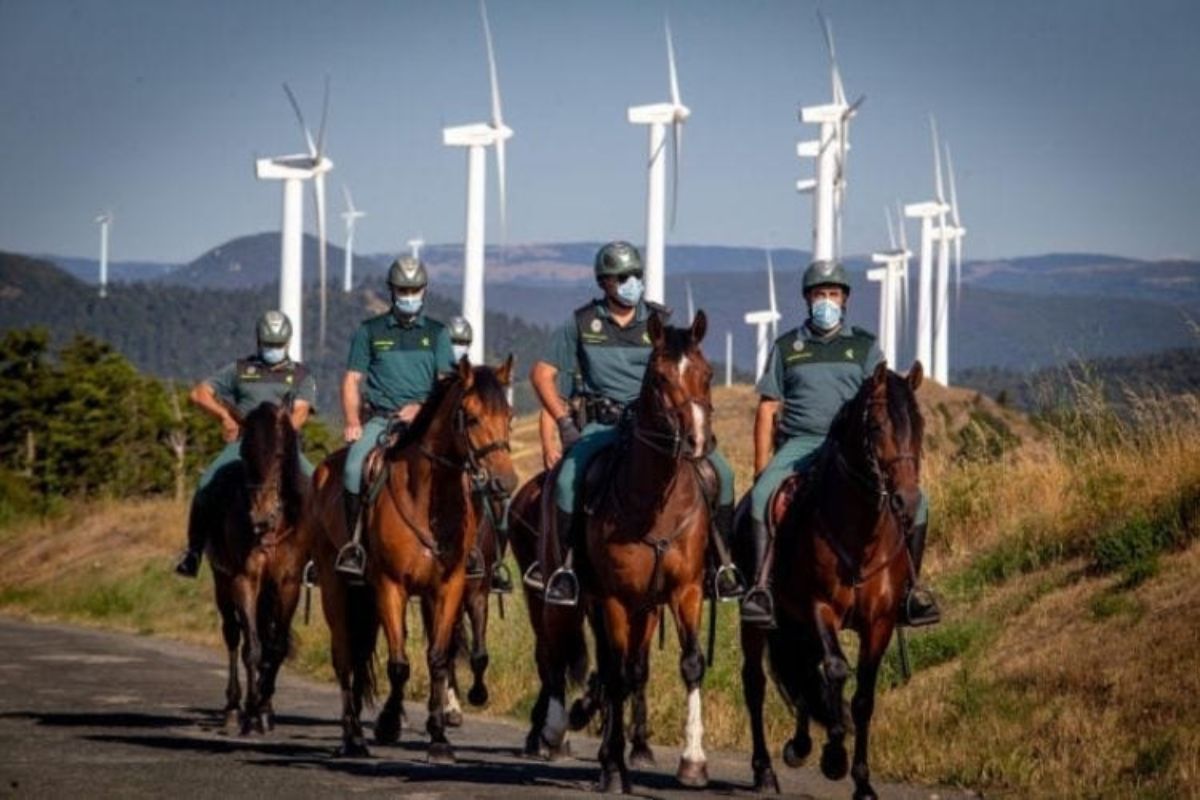
The Civil Guard is always on the Camino de Santiago
Medical assistance centers
Besides carrying a pilgrim’s first aid kit, knowing the location of medical assistance centers is also very important for your health care:
- Hospitals, health centers, and clinics: find out about the nearest hospitals and clinics at each stage of your route.
- Pharmacies: locate pharmacies along the Camino where you can get medications and first aid.
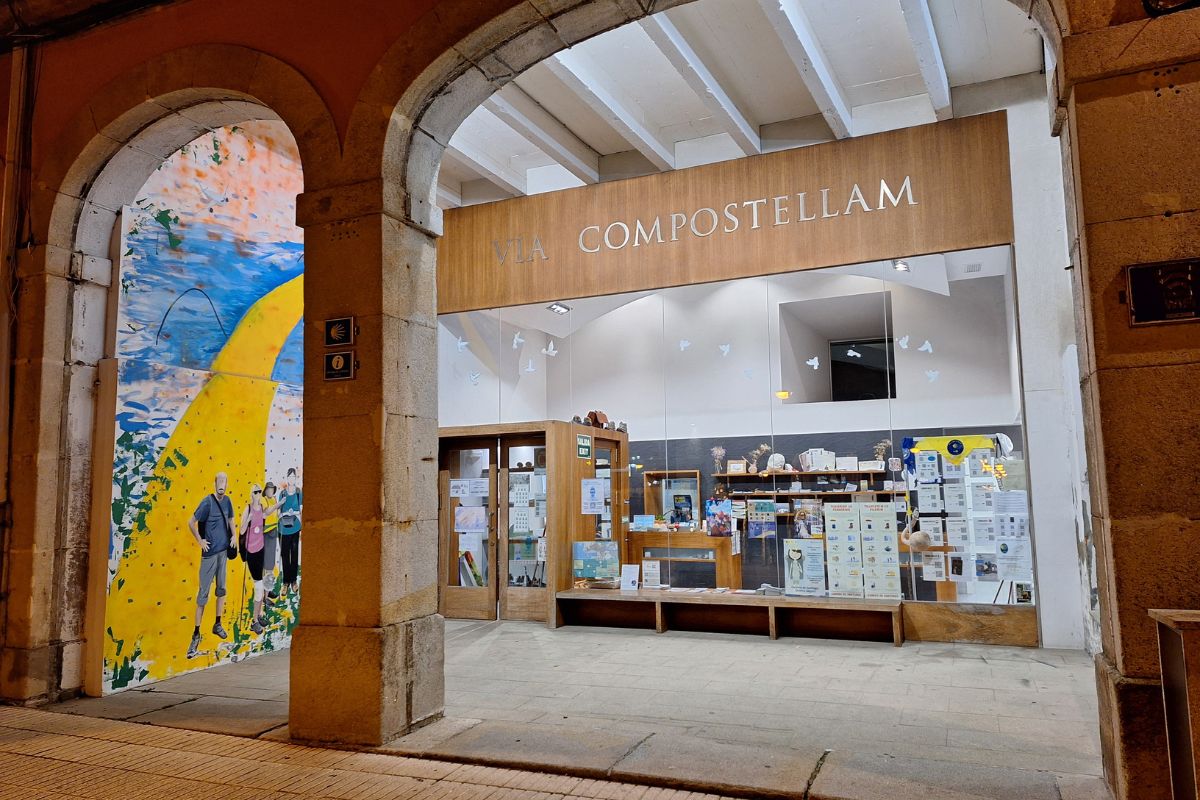
Inquire at Tourism offices about emergency numbers during the Camino
Preventing theft and loss
Preventing theft and loss is part of maintaining your safety on the Camino.
Tips to avoid theft
Here are some practical tips to avoid theft:
- Watch your belongings: do not leave your personal items unattended.
- Divide your money: do not carry all your money in one place. Distribute it among different pockets and your backpack.
- Copy of your documents: carry a copy of your important documents and keep them separate from the originals.
What to do in case of theft or loss
If you suffer a theft or loss, follow these steps:
- Report the theft: inform the local police and provide all possible details.
- Contact your embassy: for foreigners, if you lose your passport, contact your embassy immediately.
- Use your insurance: notify your travel insurance about the incident to receive assistance.
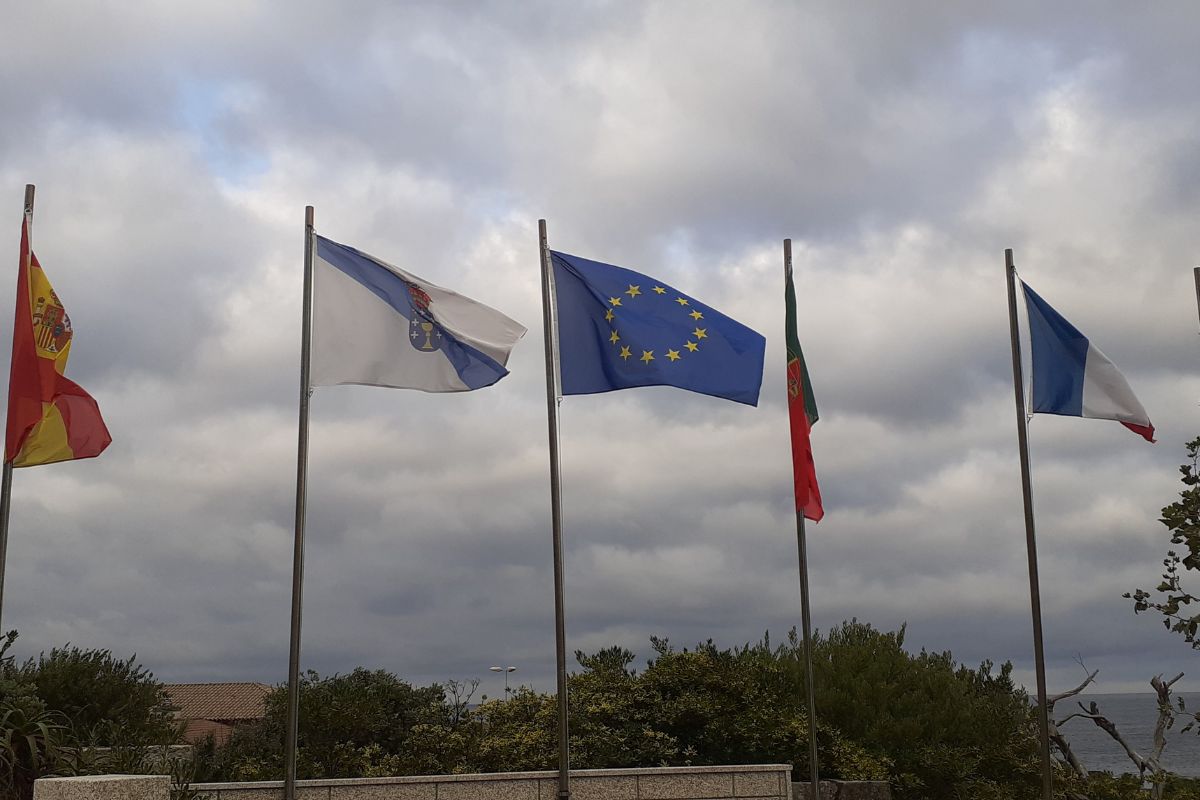
If you are a foreigner and something serious happens on the Camino, call or go to your embassy
Did you know that there are violet points along the Camino?
On the Camino de Santiago, you will find violet points dedicated to the attention and support of victims of gender violence. These points are essential to ensure the safety and well-being of everyone, especially women pilgrims.
- Location: violet points are located in hostels, tourism offices, and other strategic places.
- Services offered: they provide support, information, and assistance in situations of violence or harassment.
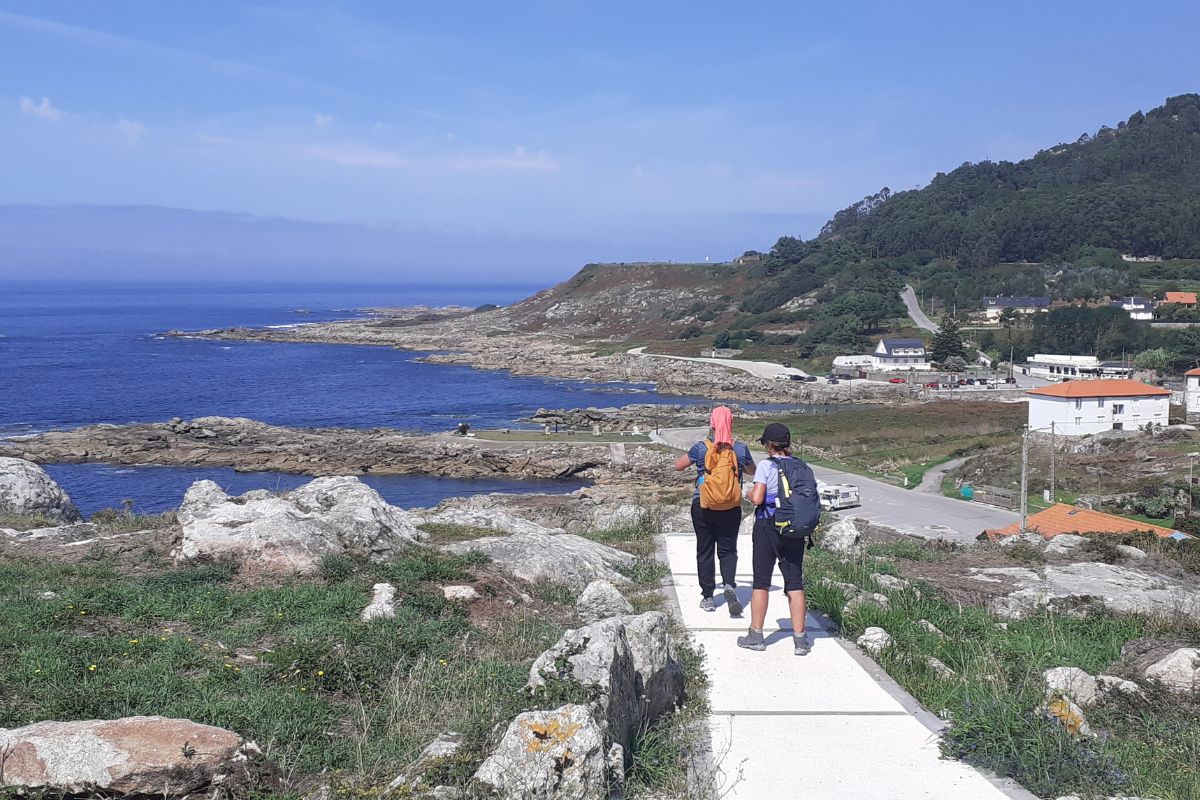
The Camino is safe for everyone
At Viajes Camino de Santiago, we take care of the rest
If you prefer a more organized and safe experience, we take care of all the details:
- Complete planning: we plan your route, book your accommodations, and offer assistance at all times.
- Personalized advice: we provide personalized advice to ensure your Camino is safe and enjoyable.
- Continuous support: we have a support team that will assist you throughout your journey.
In conclusion, doing the Camino de Santiago is safe and can be a very enriching experience if you take the necessary precautions. Plan well, carry the correct documents, and follow the safety tips. With this, you will be ready to enjoy one of the world’s most emblematic routes with peace and safety.

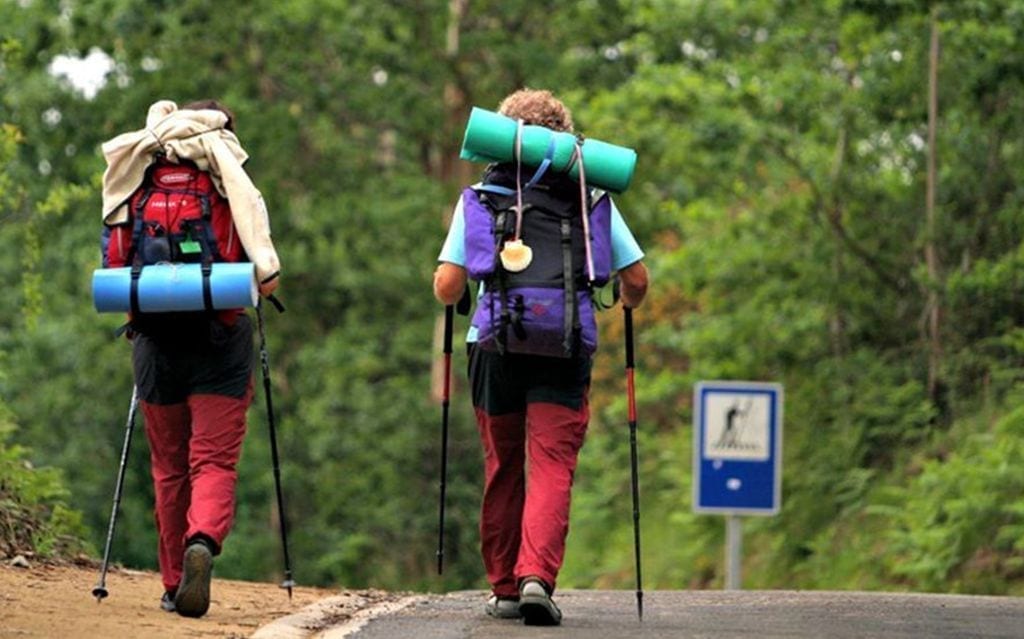


Leave A Comment